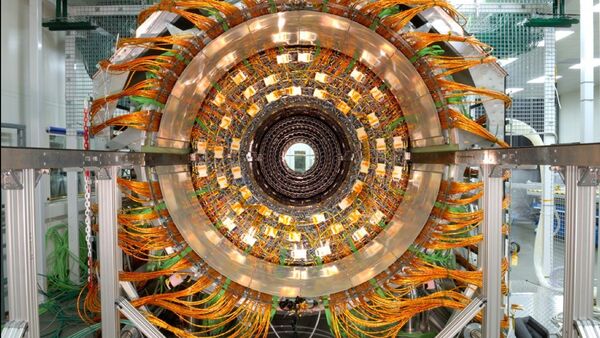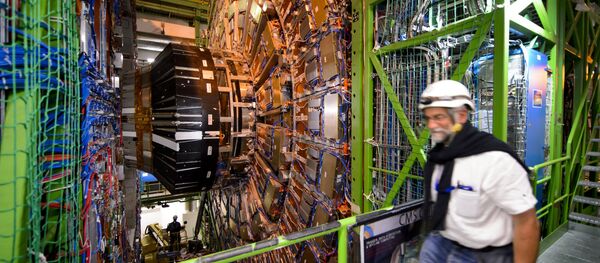Following the discovery of the Higgs boson at the Large Hadron Collider (LHC), the scientists of the European Organization for Nuclear Research (CERN) started considering building an even bigger and more powerful particle smasher that help them explore new areas of physics. In 2014, CERN launched the FCC program, seeking to construct the ‘collider of the future’ with a 100 kilometer circumference – almost three times as big as that of the LHC.
“It’s going to be an unprecedented facility designed for studying the microworld physics,” Evgeny Levichev, a scientist at BINP, told media. “We became intrigued by this undertaking and offered CERN our project. And this year, they’ve decided to use our design for the project.”
According to Levichev, CERN chose the Russian project because BINP scientists have already tested the revolutionary Crab Waist beam-beam collision scheme which increases the collider’s output up to a hundred times.
“We’ve already thoroughly studied this effect, and when someone came up with the idea to use it for such a large facility, it actually worked very well,” Levichev said. “It took some time to persuade our colleagues that this proposal is viable, but they finally agreed that such a scheme would allow to drastically increase the output.”
According to Levichev, scientists working on the project should present a conceptual design by 2018, and then CERN would make the final decision whether to pursue this massive undertaking.


